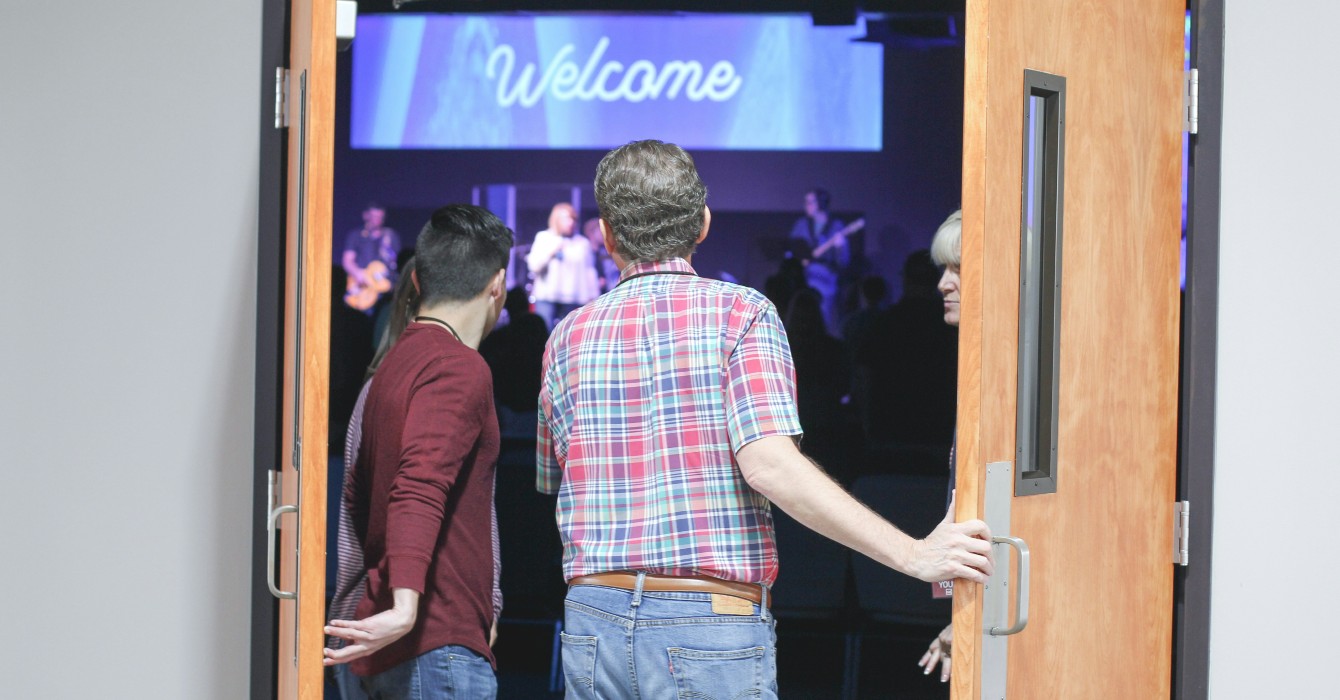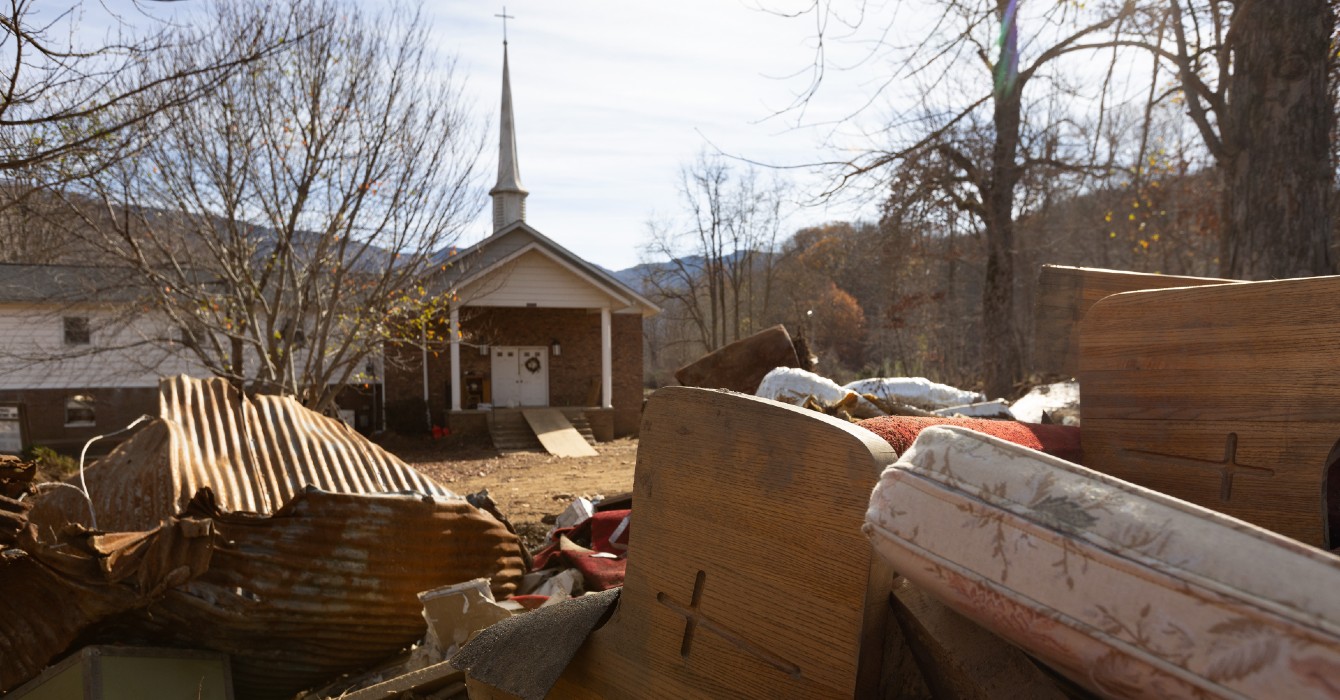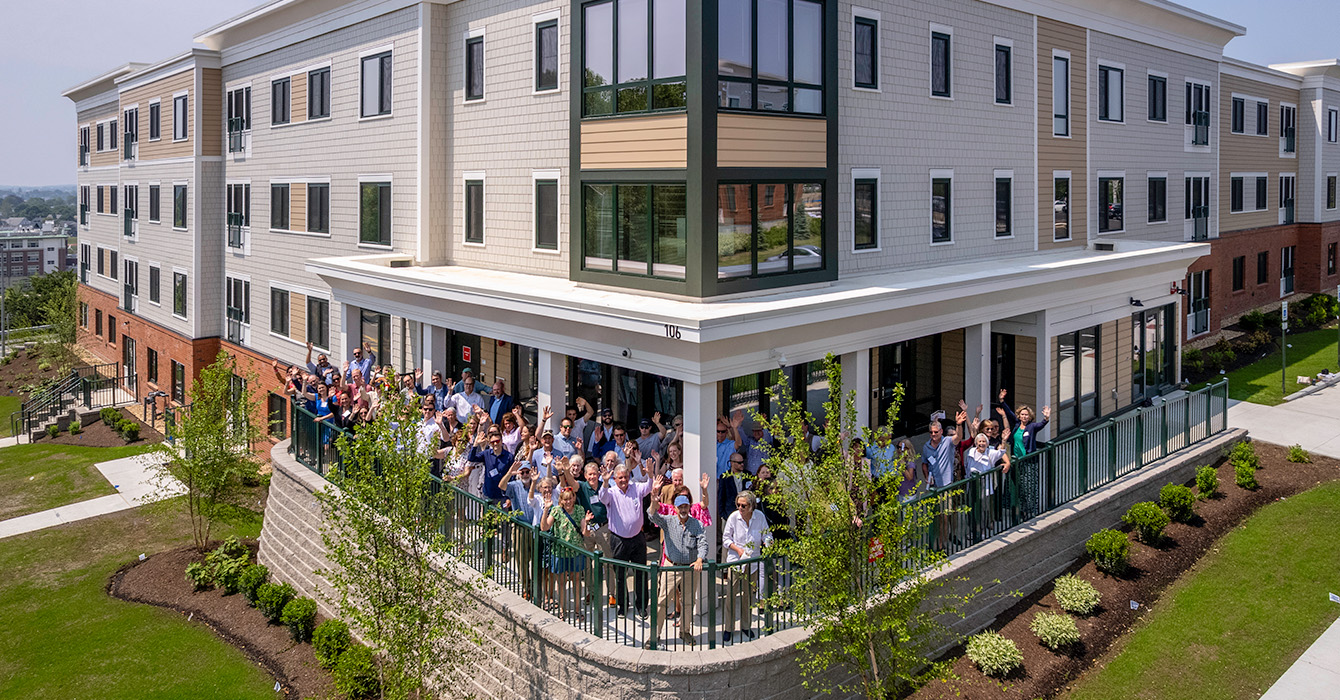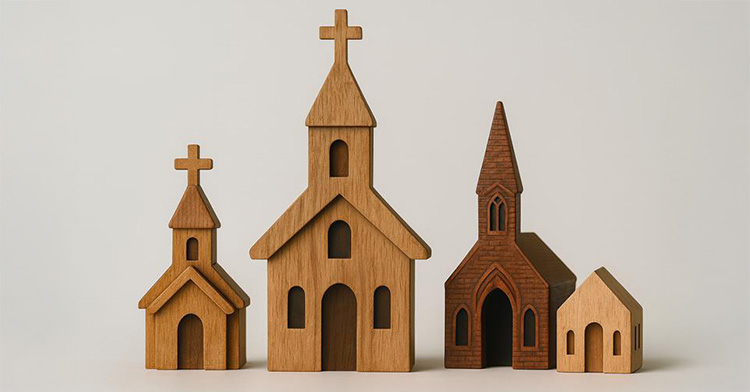More congregants joined churches from 2020 to 2025 than in previous years
The COVID pandemic may have caused a bump in church attendance, researchers say, but new attendees have varied reasons for joining churches.
Recently published
The COVID pandemic may have caused a bump in church attendance, researchers say, but new attendees have varied reasons for joining churches.
 Link to author Yonat Shimron
Link to author Yonat Shimron
After large-scale crises, big-steeple churches anchor communities using their unique status, relationships and networks to help communities respond and rebuild.
It’s important to recognize that while metrics tell part of a congregation’s story, they cannot measure the stirrings of conviction or the whispers of the Spirit, writes a church leadership consultant.
 Link to author Chris Aho
Link to author Chris Aho
Reciting the Nicene Creed each week provides connection with those around us and those who have gone before, writes the director of communications for Leadership Education at Duke Divinity.
 Link to author Emily Lund
Link to author Emily Lund
In times of celebration and in times of crisis, networks help provide connection, resilience and stability.
 Link to author Angie Kay Hong
Link to author Angie Kay Hong
Two of the nation’s leading experts on people who have disengaged from organized religion say that trend is both more complex and simpler than some church leaders realize.
Two congregations, one United Methodist and the other Episcopal, have worked together since the devastating storm flooded one church and turned the other into a community relief center.
 Link to author Stephanie Hunt
Link to author Stephanie Hunt
Now a secular nonprofit, Harborlight Homes has expanded to address a housing shortage while holding onto its church roots.
 Link to author G. Jeffrey MacDonald
Link to author G. Jeffrey MacDonald
Young adults at an Atlanta church reenacted their youth group experiences in a safe, adult space. What happened felt both cathartic and complicated, writes a program coordinator at Candler School of Theology.
 Link to author Ryan Snider
Link to author Ryan Snider
The trust built by a church in Galveston, Texas, is translating into better access to treatment at a free clinic staffed by health care providers and housed in former Sunday school classrooms.
 Link to author Lindsay Peyton
Link to author Lindsay Peyton
The study led by the Hartford Institute for Religion Research reveals new data about today’s church attendance and commitment levels.
 Link to author Leslie Quander Wooldridge
Link to author Leslie Quander Wooldridge








